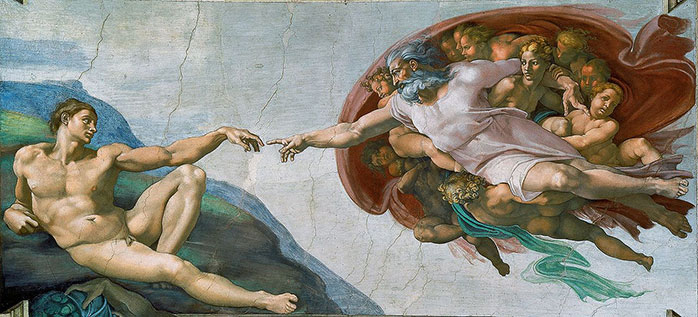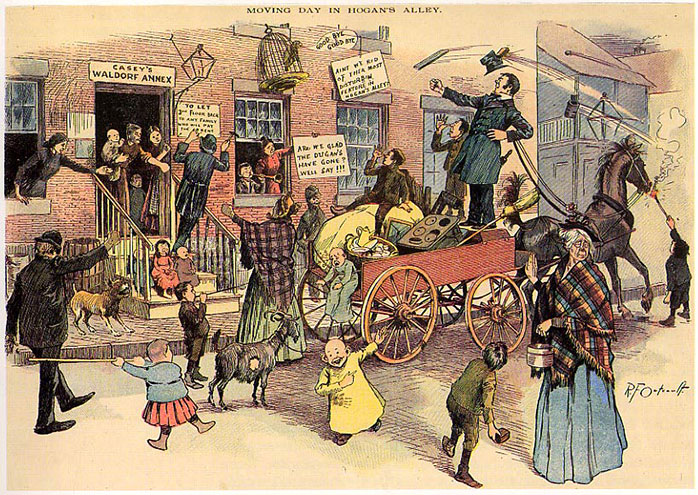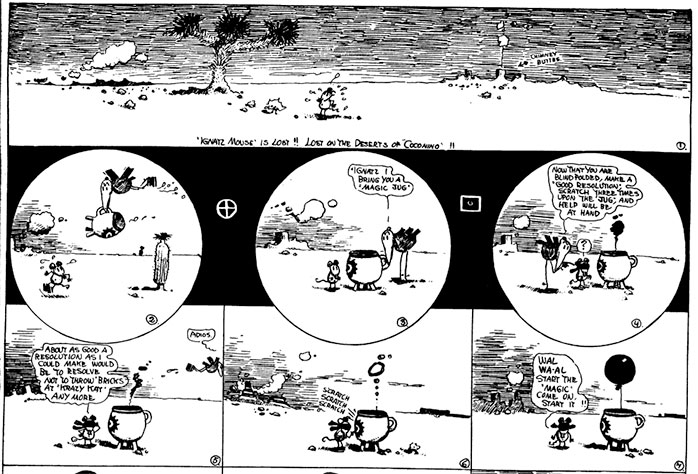The term sequential art was coined first by the comic artist Will Eisner. He analyzed this form of art through different elements of art such as design, layout, drawing, caricature and writing. But the existence of sequential art has been discovered way before it was coined by the modern era.
Prehistoric Cave and Wall Paintings
Considered an ancient form of art, sequential art is known to exist and practiced through cave paintings, depicting the then existing tribesmen’s way of life. Egyptian wall art and paintings is also a landmark for exercising sequential art style. They mostly depicted their deities and aristocrats of their time.

(Fig.1) Bhimbetka Rock Painting.

(Fig.2) Cursive Hiesoglyphs from the Papyrus of Ani, an example of the Egyptian Book of the Dead.
Sequences Through Paintings
Painting of “Adam and God” is known to be one of the earliest and largest painted sequential stories covering the entire ceiling of Sistine Chapel. The renowned Michelangelo solely created this.

(Fig.3) Adam and God – Creation of Adam, By Michelangelo.
Early Publishing of Sequential Art
After the printing press was invented, the reinvention of sequential art took a big leap. Through printed newspapers and books, people began creating particular themed art such as politics, social life, satire of everyday life, etc. Thus it gave the birth of writing and dialogue in the images giving a different dimension to storytelling.

(Fig.4) Yellow kid in Hogan’s Alley Comic Strip (pub. 1896).

(Fig.5) Part of Krazy Kat Comic Strip (pub. 1916).
In the present era of print media and communication, variety of styles of sequential art is practiced. Following are the different mediums practiced regularly:
• Comic Books
• Graphic Novels
• Cartoons
• Comic Strips
• Manga
• Children’s Book
• Storyboard
• Web Comics
• Motion Comics
• Animated Comics
For further reading on the history of sequential art and comics in general, links are provided in the reference section.

